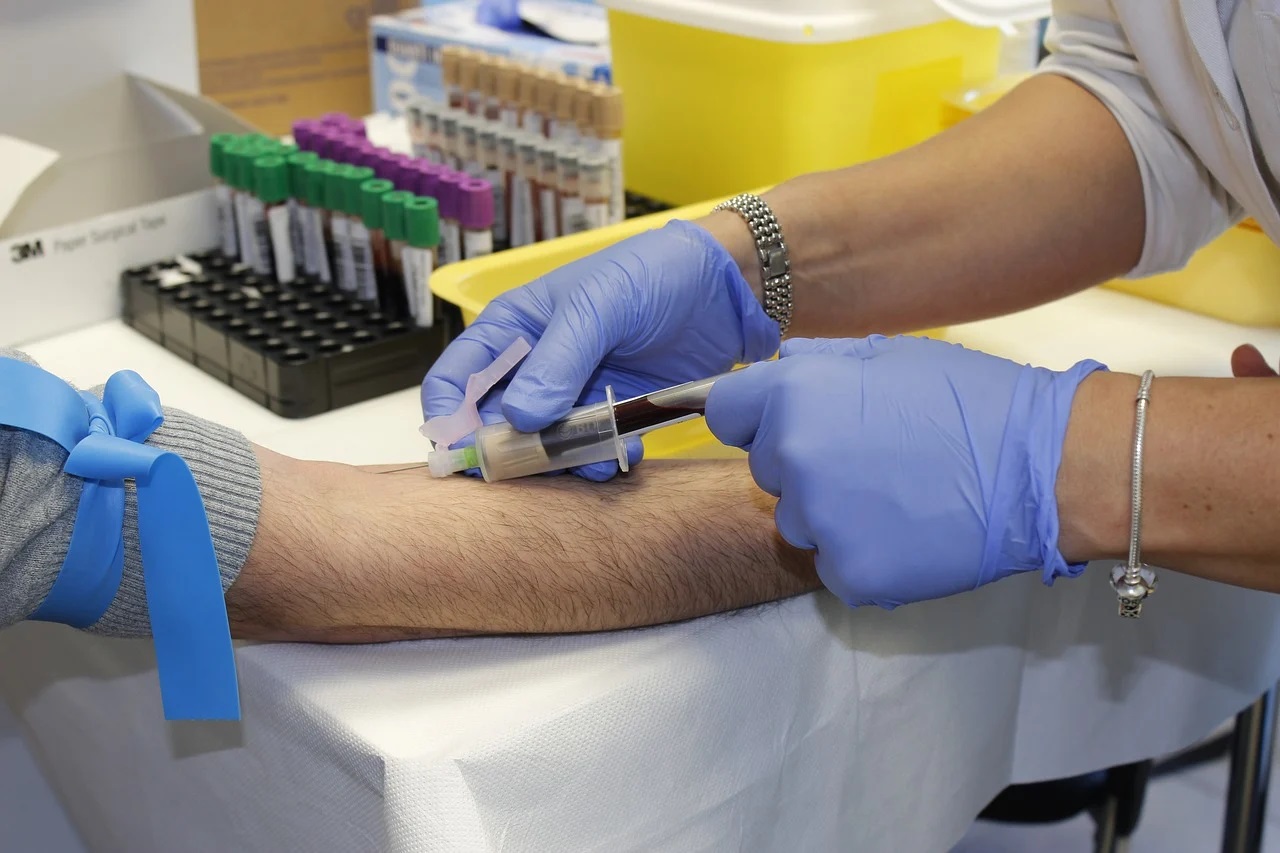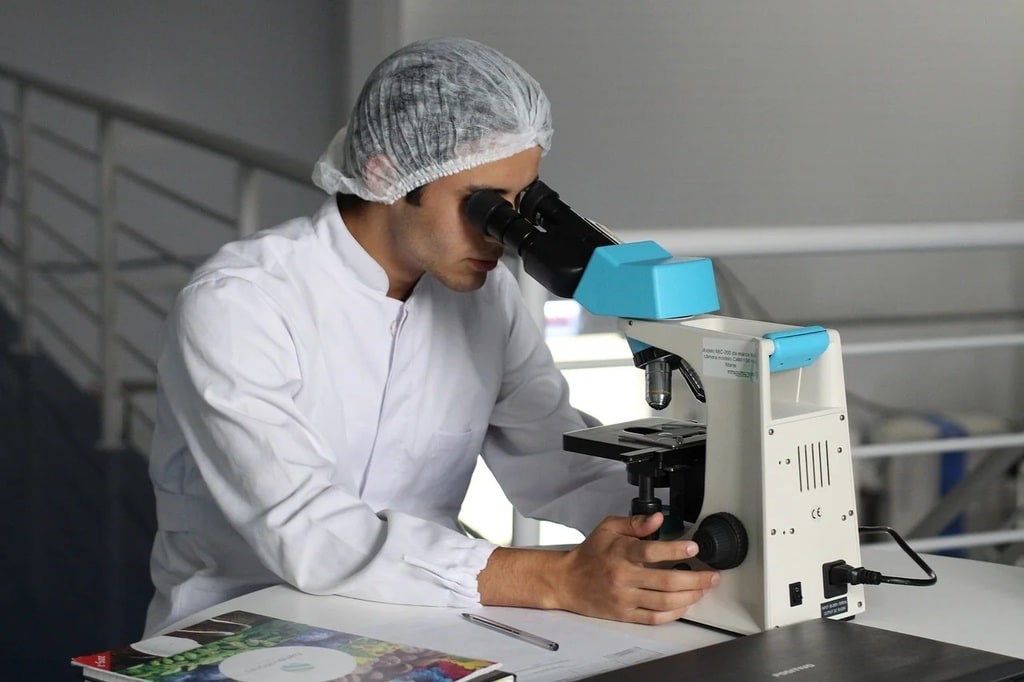Cutting-edge medical technologies
The advent of cutting-edge medical technologies has revolutionized healthcare, enabling more accurate diagnoses, efficient treatments, and personalized care. These advancements are continuously pushing the boundaries of what is possible in medicine, promising to improve patient outcomes and transform the medical landscape.
Innovative Advances in Medical Technology
The landscape of medical technology is ever-evolving, with breakthroughs that are reshaping the future of healthcare. From artificial intelligence (AI) to nanotechnology, these innovations are addressing some of the most challenging aspects of medical practice.
One of the most promising areas is AI in healthcare. AI algorithms can analyze vast amounts of medical data at an unprecedented speed, providing insights that were previously unattainable. For instance, AI-powered diagnostic tools can detect diseases like cancer at earlier stages by analyzing medical images with remarkable accuracy.
Nanotechnology is another groundbreaking field, offering solutions that operate at the molecular level. Nanorobots, for example, are being developed to perform precise tasks within the human body, such as targeting and eliminating cancer cells without harming surrounding healthy tissues.
Personalized Medicine: tailoring Treatment to Individual Needs
Personalized medicine is a transformative approach that customizes healthcare to individual genetic profiles. This method ensures that treatments are specifically tailored to each patient’s unique genetic makeup, lifestyle, and environment.
Genomic sequencing plays a vital role in personalized medicine. By decoding an individual’s DNA, doctors can identify genetic predispositions to certain diseases and tailor prevention strategies accordingly. This technique is especially valuable in oncology, where treatments can be designed to target specific genetic mutations within tumors, increasing the effectiveness of therapies.
Additionally, pharmacogenomics is enhancing drug efficacy and safety. This branch of personalized medicine studies how genes affect a person’s response to drugs, allowing for the selection of the most suitable medications and dosages for each patient, thereby minimizing adverse effects and maximizing therapeutic benefits.

Robotics and Automation in Surgery
The integration of robotics and automation in surgery has led to significant advancements in surgical precision and patient recovery. Robotic surgery systems, such as the da Vinci Surgical System, allow surgeons to perform complex procedures with enhanced precision, flexibility, and control.
These systems provide high-definition 3D visualization and magnification, enabling surgeons to operate through tiny incisions with greater accuracy. The benefits include reduced pain, shorter hospital stays, and faster recovery times for patients. Robotic surgery is being increasingly used in various fields, including urology, gynecology, and cardiothoracic surgery.
Automation also plays a role in streamlining surgical workflows and improving efficiency. Automated systems can assist in tasks such as instrument sterilization, operating room logistics, and even the performance of certain surgical procedures, reducing the workload on surgical teams and improving overall outcomes.
Telemedicine: bridging the Gap in Healthcare Access
Telemedicine has emerged as a vital tool in improving access to healthcare, particularly in underserved and remote areas. By leveraging digital communication technologies, telemedicine allows patients to consult with healthcare professionals without the need for physical visits.
This approach is especially beneficial for managing chronic diseases, providing mental health services, and offering specialist consultations. Telemedicine platforms enable real-time video consultations, remote monitoring of vital signs, and secure sharing of medical records, ensuring continuity of care and timely interventions.
The COVID-19 pandemic accelerated the adoption of telemedicine, highlighting its potential to maintain healthcare services during crises. As technology continues to advance, telemedicine is expected to become an integral part of healthcare delivery, expanding its reach and capabilities.
Wearable Devices: monitoring Health in Real Time
Wearable devices have gained popularity for their ability to continuously monitor various health parameters in real time. These devices, such as smartwatches and fitness trackers, are equipped with sensors that track heart rate, physical activity, sleep patterns, and other vital signs.
The data collected by wearable devices can provide valuable insights into an individual’s health status, enabling proactive management of conditions. For instance, continuous glucose monitors help diabetics keep track of their blood sugar levels, while wearable ECG monitors can detect irregular heart rhythms and alert users to seek medical attention promptly.
Incorporating wearable devices into healthcare systems enhances preventive care and empowers individuals to take control of their health. The integration of wearable technology with AI and big data analytics further amplifies its potential, enabling predictive analytics and early detection of health issues.
The Future of Medical Technology
As medical technology continues to evolve, its potential to improve healthcare outcomes and patient experiences is boundless. Emerging technologies such as 3D printing, regenerative medicine, and virtual reality are poised to make significant contributions.
3D printing is revolutionizing the production of medical devices and prosthetics, offering customization and rapid prototyping. Regenerative medicine, including stem cell therapy and tissue engineering, holds the promise of repairing or replacing damaged tissues and organs, potentially curing previously incurable conditions.
Virtual reality (VR) is finding applications in medical training, pain management, and rehabilitation. VR simulations provide immersive training experiences for medical professionals, enhancing their skills and reducing the risk of errors. Additionally, VR is being used to distract patients during painful procedures and to assist in physical therapy by creating engaging and motivating environments.
In summary, the continuous advancements in medical technologies are shaping the future of healthcare. By embracing these innovations, the medical field is moving towards more precise, personalized, and accessible care, ultimately improving the quality of life for patients around the world.
